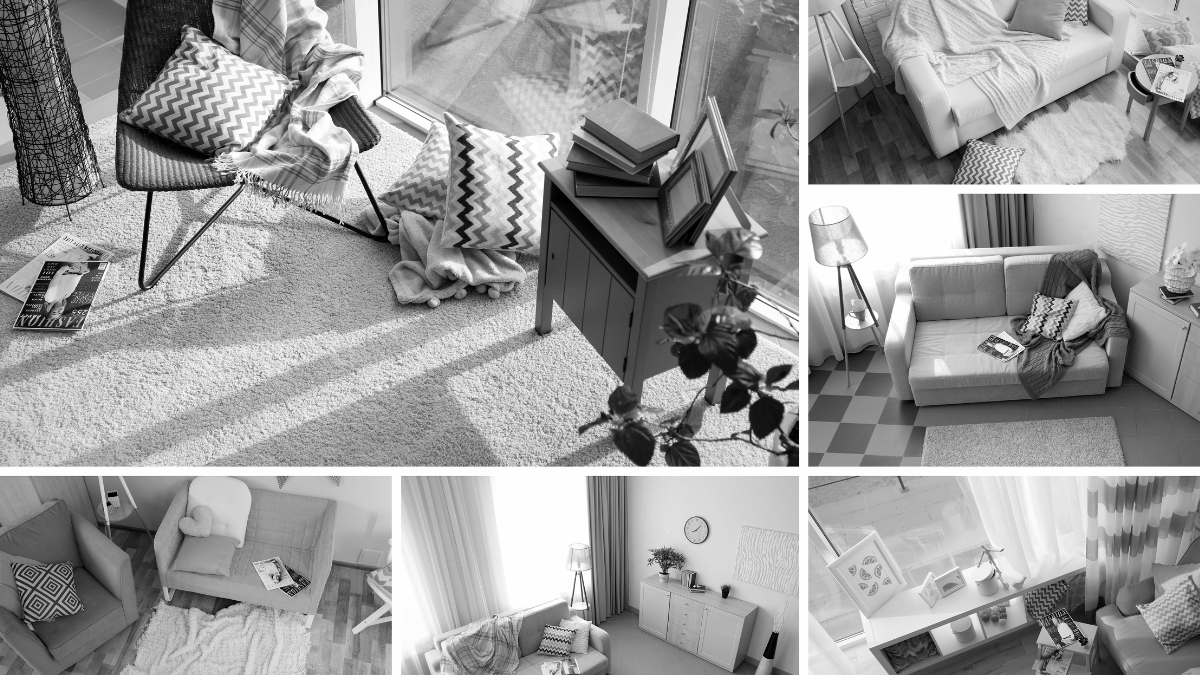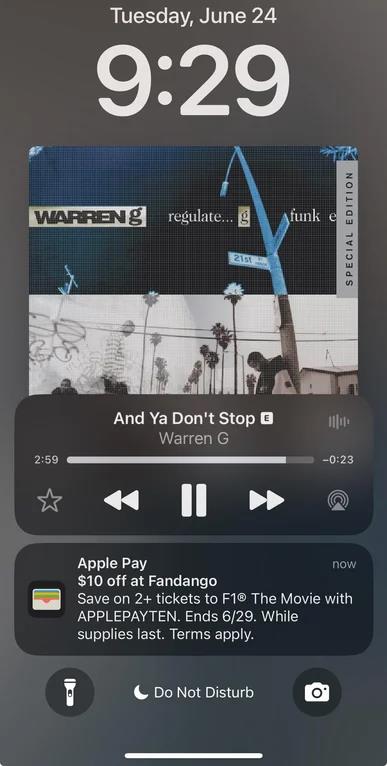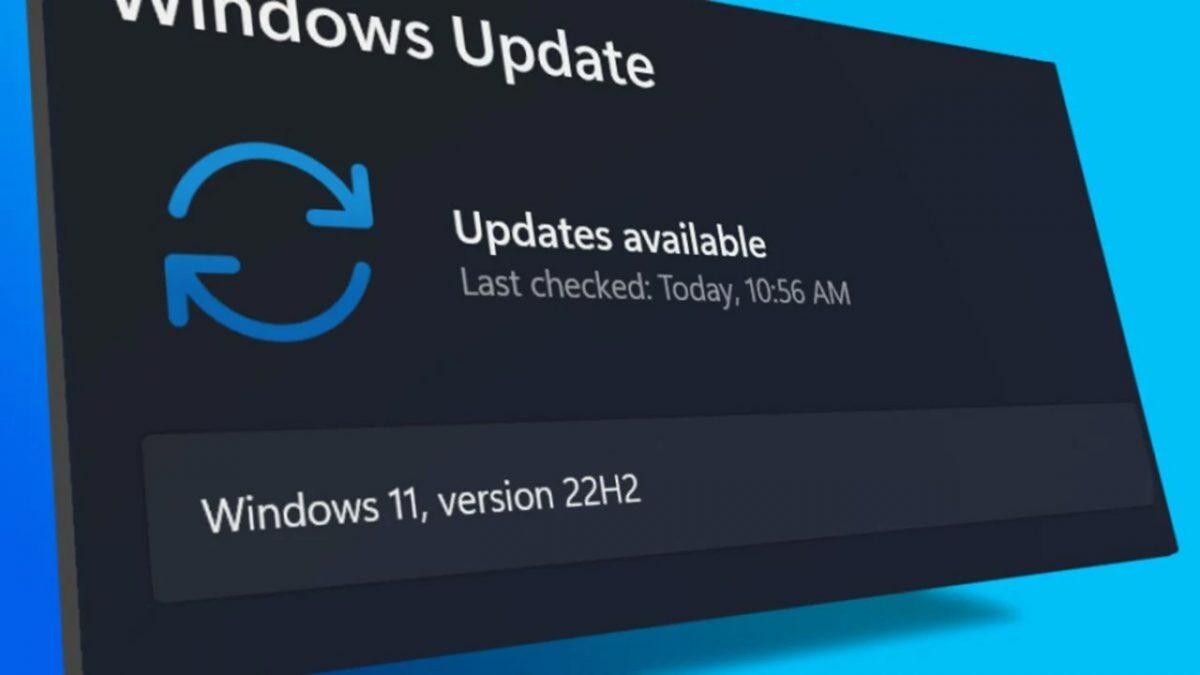Why Does Custom Formatter in Tokio Tracing Raise Unknown Size Error?
Introduction If you're working with the Tokio tracing and tracing_subscriber crates to build logging and tracing systems, you might have faced issues when trying to add a custom formatter to your layer. A common error that can arise is the infamous unknown size at compile time error. This article aims to explain why this issue occurs, especially when dealing with trait bounds and the Box pattern. Understanding the Error The error you are experiencing: error[E0277]: the size for values of type `dyn __tracing_subscriber_Layer + std::marker::Send + Sync` cannot be known at compilation time This error typically arises when Rust encounters a type or trait whose size cannot be determined at compile time. In your code, you're defining a function that can take various implementations of the Layer trait, which is where the problem starts. The compiler requires knowing the exact size of all types at compile time, but trait objects like dyn Layer introduce a level of indirection that obscures their size. Why Does This Happen? The core of the problem lies with the generic trait bounds you're using: S: Subscriber + for, T: FormatEvent + Send + Sync + 'static, Here, T can be any type that implements the FormatEvent trait. Because Rust can't guarantee the size of T at compile time, this leads to the size issue when trying to box the layer return type. How to Resolve the Error While you're primarily interested in understanding the reason behind this error, it's helpful to consider possible routes to ensure type safety and avoid size issues. Here's a breakdown: Use Box with Sized Trait You can enforce that your formatter type conforms to the Sized trait by specifying that T must be a concrete size type whenever you call the build_logger_text function. An example of how you might adjust the function signature is: pub fn build_logger_text(custom_fmt: Option) -> Box LookupSpan L where S: Subscriber + for, T: FormatEvent + Send + Sync + 'static, L: Layer + Send + Sync + 'static, { // Function implementation can instantiate Layers directly } Using generics can increase type safety but might become more complex depending on how many nested types your function needs to handle. Conclusion Understanding the unknown size at compile time error in Rust, particularly with Tokio's tracing and custom formatters, hinges on recognizing how generics and trait objects interact. By enforcing size constraints with Sized or utilizing generics instead of trait objects, we can effectively manage the complexity and maintain type safety within our code. Experimenting with these alternatives will not only help you address the compilation error at hand but also deepen your understanding of Rust’s type system. Frequently Asked Questions Can I use trait objects for custom layers in Tokio Tracing? Yes, but you need to ensure that you handle the size issue properly, either by enforcing Sized constraints or using generics. What are the benefits of using generics over trait objects? Generics provide strong type safety at compile time, ensuring that the compiler knows the exact type being used, which can avoid runtime errors and improve performance. How do I troubleshoot size-related errors in Rust? Carefully review the trait bounds and ensure that any types used in boxed contexts adhere to Rust's requirements regarding sizing and traits. Utilizing compiler error messages effectively can guide your debugging process.

Introduction
If you're working with the Tokio tracing and tracing_subscriber crates to build logging and tracing systems, you might have faced issues when trying to add a custom formatter to your layer. A common error that can arise is the infamous unknown size at compile time error. This article aims to explain why this issue occurs, especially when dealing with trait bounds and the Box pattern.
Understanding the Error
The error you are experiencing:
error[E0277]: the size for values of type `dyn __tracing_subscriber_Layer + std::marker::Send + Sync` cannot be known at compilation time
This error typically arises when Rust encounters a type or trait whose size cannot be determined at compile time. In your code, you're defining a function that can take various implementations of the Layer trait, which is where the problem starts. The compiler requires knowing the exact size of all types at compile time, but trait objects like dyn Layer introduce a level of indirection that obscures their size.
Why Does This Happen?
The core of the problem lies with the generic trait bounds you're using:
S: Subscriber + for<'a> LookupSpan<'a>,
T: FormatEvent + Send + Sync + 'static,
Here, T can be any type that implements the FormatEvent trait. Because Rust can't guarantee the size of T at compile time, this leads to the size issue when trying to box the layer return type.
How to Resolve the Error
While you're primarily interested in understanding the reason behind this error, it's helpful to consider possible routes to ensure type safety and avoid size issues. Here's a breakdown:
Use Box with Sized Trait
You can enforce that your formatter type conforms to the Sized trait by specifying that T must be a concrete size type whenever you call the build_logger_text function. An example of how you might adjust the function signature is:
pub fn build_logger_text(custom_fmt: Option) -> Box + Send + Sync + 'static>
where
S: Subscriber + for<'a> LookupSpan<'a>,
T: FormatEvent + Send + Sync + 'static,
T: Sized, // Adding Sized bounds here
{
// Function implementation remains the same
}
By adding the requirement that T: Sized, you inform the compiler that when T is provided, it must be a type whose size is known at compile time.
Use Generics Instead of Trait Objects
Another approach to solve this is to avoid using Box altogether and instead use generics for the return type. This way, the specific type of Layer is known at compile time:
pub fn build_logger_text(custom_fmt: Option) -> L
where
S: Subscriber + for<'a> LookupSpan<'a>,
T: FormatEvent + Send + Sync + 'static,
L: Layer + Send + Sync + 'static,
{
// Function implementation can instantiate Layers directly
}
Using generics can increase type safety but might become more complex depending on how many nested types your function needs to handle.
Conclusion
Understanding the unknown size at compile time error in Rust, particularly with Tokio's tracing and custom formatters, hinges on recognizing how generics and trait objects interact. By enforcing size constraints with Sized or utilizing generics instead of trait objects, we can effectively manage the complexity and maintain type safety within our code. Experimenting with these alternatives will not only help you address the compilation error at hand but also deepen your understanding of Rust’s type system.
Frequently Asked Questions
Can I use trait objects for custom layers in Tokio Tracing?
Yes, but you need to ensure that you handle the size issue properly, either by enforcing Sized constraints or using generics.
What are the benefits of using generics over trait objects?
Generics provide strong type safety at compile time, ensuring that the compiler knows the exact type being used, which can avoid runtime errors and improve performance.
How do I troubleshoot size-related errors in Rust?
Carefully review the trait bounds and ensure that any types used in boxed contexts adhere to Rust's requirements regarding sizing and traits. Utilizing compiler error messages effectively can guide your debugging process.












































































































































































![[The AI Show Episode 156]: AI Answers - Data Privacy, AI Roadmaps, Regulated Industries, Selling AI to the C-Suite & Change Management](https://www.marketingaiinstitute.com/hubfs/ep%20156%20cover.png)
![[The AI Show Episode 155]: The New Jobs AI Will Create, Amazon CEO: AI Will Cut Jobs, Your Brain on ChatGPT, Possible OpenAI-Microsoft Breakup & Veo 3 IP Issues](https://www.marketingaiinstitute.com/hubfs/ep%20155%20cover.png)
























































































































![[DEALS] 1min.AI: Lifetime Subscription (82% off) & Other Deals Up To 98% Off – Offers End Soon!](https://www.javacodegeeks.com/wp-content/uploads/2012/12/jcg-logo.jpg)






























































































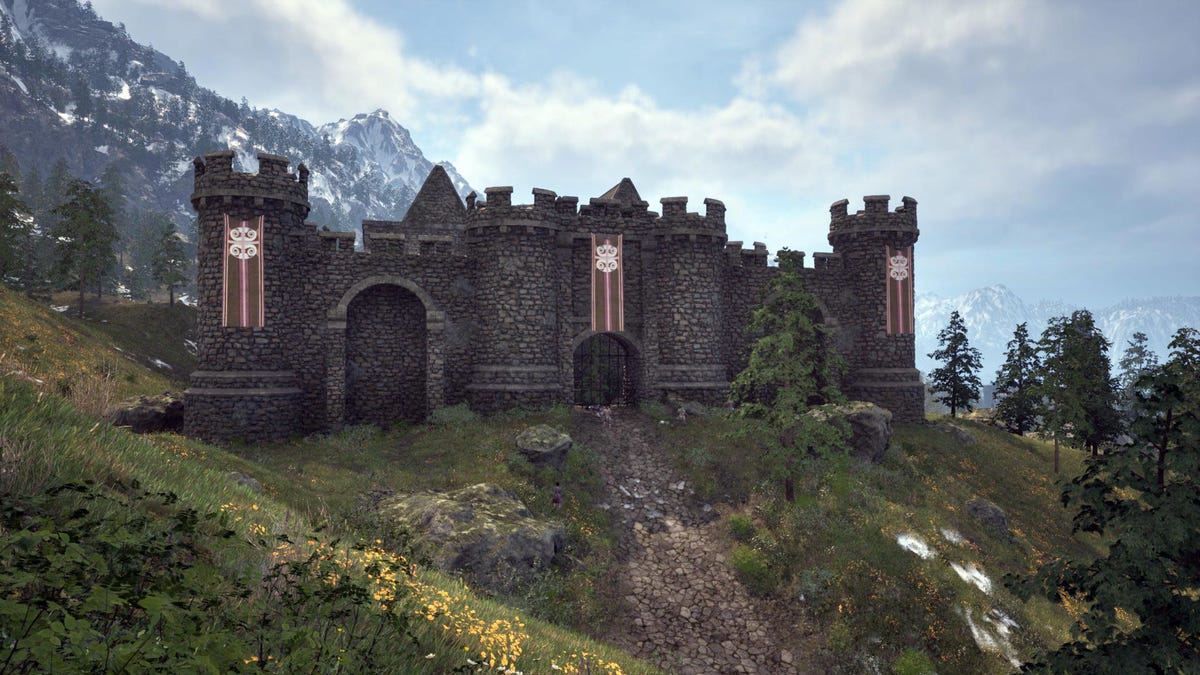

























































































































































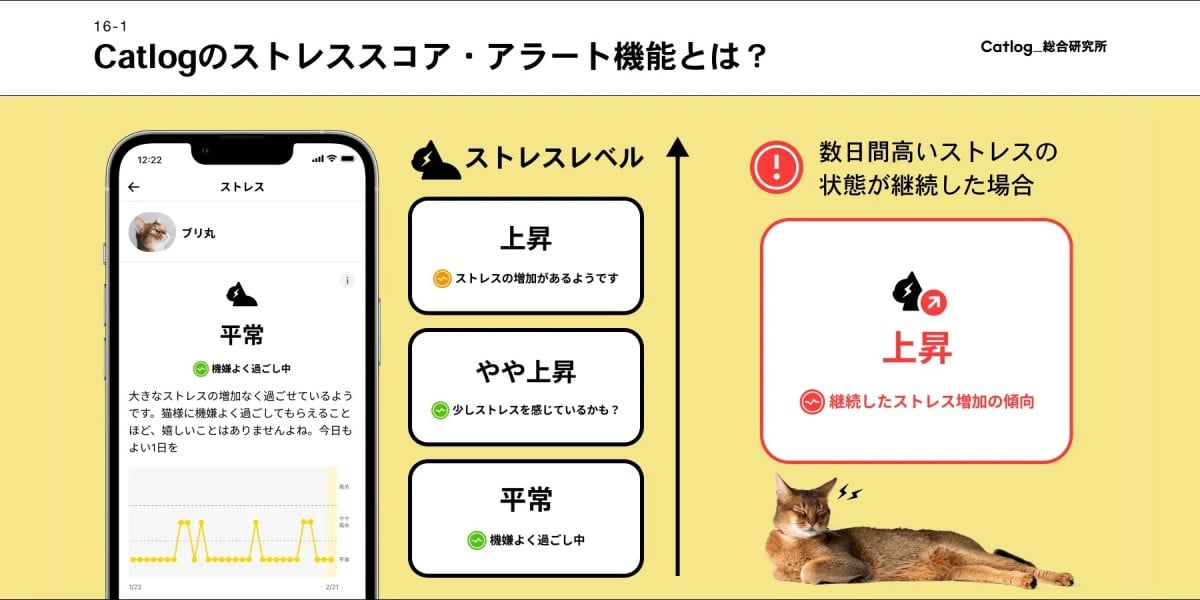
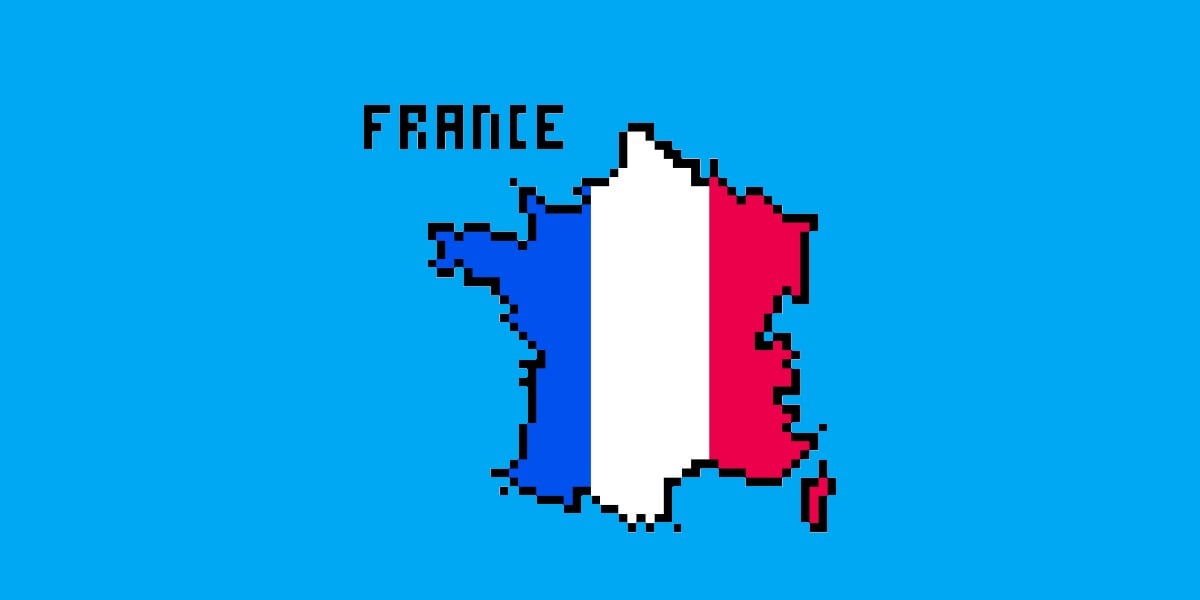



![Mercedes, Audi, Volvo Reject Apple's New CarPlay Ultra [Report]](https://www.iclarified.com/images/news/97711/97711/97711-640.jpg)




